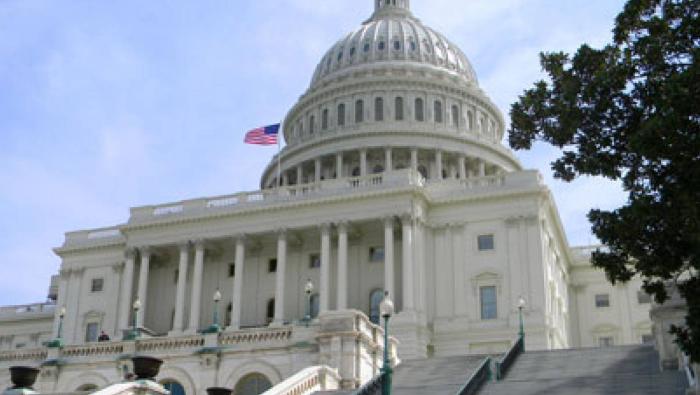A new draft Advisory Circular from the FAA is prompting industry concerns with regard to the viability of some existing heliports and the ability to expand/improve them or build new ones, particularly in urban areas. Concerned stakeholders will have the opportunity to meet with the FAA to discuss the heliport design AC (No. 150/5390-2C) at a two-day meeting at the Helicopter Association International (HAI) headquarters Alexandria, Va. The July 12-13 meeting is just two weeks before the comment period on the 198-page document closes on July 30. To date, efforts by HAI and other groups to get the comment period extended have not been successful.
HAI president Matt Zuccaro said his association’s heliports committee worked with the FAA on the document and assumed it would contain just minor revisions. “This turned into a much bigger revision with greater impact on all the various heliports. It is an all-encompassing document that has some potential for unintended consequences,” he warned. Zuccaro said HAI is currently collecting and tabulating written comments from its members and will present them to the FAA before the July meeting.
As currently worded, the draft advisory circular (AC) has the potential to limit or eliminate operators’ ability to conduct instrument approaches to certain existing heliports, Zuccaro said. “That is a possibility depending on the final definition of the VFR transition from a point-in-space approach. That could be a consequence if some people consider this proposal to be retroactive,” he said.
While Zuccaro said the AC is technically non-binding “guidance,” in reality it has the effect of de facto regulation as many localities, agencies and insurers will use it to set and apply standards. He cited the successful initiative by the National Fire Protection Association to require compliance with any existing FAA heliport AC for it to be considered in fire code compliance for heliports as an example of the potential reach of any new AC.
The National EMS Pilots Association echoed Zuccaro’s concern last month. “The FAA AC is now mandatory for all new and upgraded heliports in most areas. While the FAA AC is advisory only in the eyes of the FAA, it is now 100-percent regulatory for the obtaining of building and fire permits.” Among other things, the draft AC adds a “heliport protection zone” to standards for hospital heliports.
“It is no mystery that some of the states and municipalities have done that already with the existing advisory circular,” Zuccaro said. He emphasized the need for the new AC to be flexible and to consider the disparate needs of the entire rotorcraft community in a way that does not limit access and would not encourage localities to misapply it. “The misapplication of the document could wreak havoc,” he said.
“As we know, one shoe does not fit everybody. [In the draft AC] we’re talking everything from private heliports that require prior-use permission all the way up to heliports in major urban areas, hospital heliports, corporate heliports and offshore oil platforms. It’s quite an extensive array of venues,” he said.
Zuccaro also expressed concern that proposed revised dimension and clearance requirements could make it more difficult to build new heliports or modernize existing ones. “There are some changes related to IFR approaches and VFR transitions and how they affect some of the obstacle-clearance areas around the heliport. Also, the size and definitions around the heliport have changed.”
Interested parties wishing to attend the HAI meeting are requested to register with HAI at www.rotor.com. The draft AC is available for viewing at www.faa.gov/airports/resources/draft_advisory_circulars/.
AC Proposed Changes for Heliport Design
• Changes the term for helicopter overall length to “D” or “D-value.”
• Adds definitions for design loads for static and dynamic load-bearing areas.
• Adds guidance for load-bearing areas larger than the touchdown and liftoff area, but less than the size of the final approach and takeoff area.
• Adds guidance for turbulence effects.
• Adds guidance to provide areas to ensure adequate clearance between parking areas and taxi routes within parking areas.
• Adds guidance for minimum dimensions of curved approach/departure airspace.
• Adds guidance for touchdown/positioning circle marking.
• Adds guidance for flight path alignment guidance markings and lights.
• Adds an appendix providing guidance for emergency helicopter landing facility requirements.
• Adds final approach and takeoff area (FATO) to FATO separation distance for simultaneous operations.
• Revises standards for size of the “H” for GA heliports.
• Adds heliport protection zone to standards for hospital heliports.







